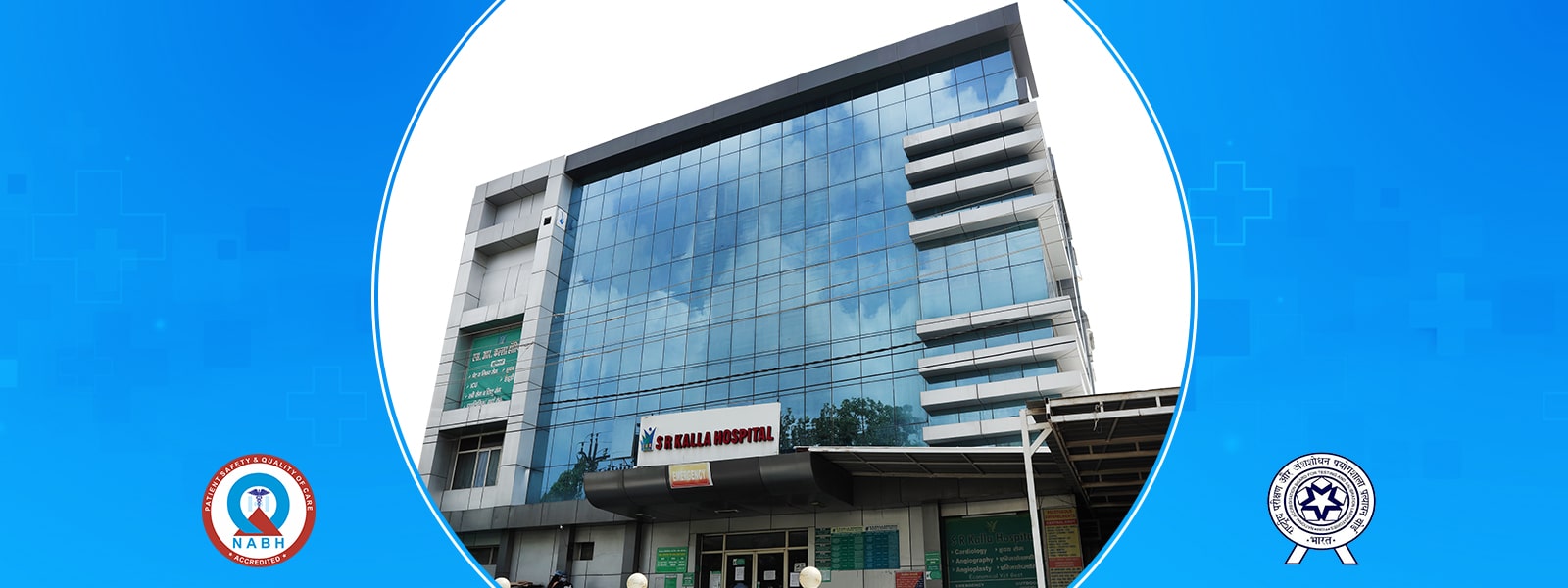
Our Procedures
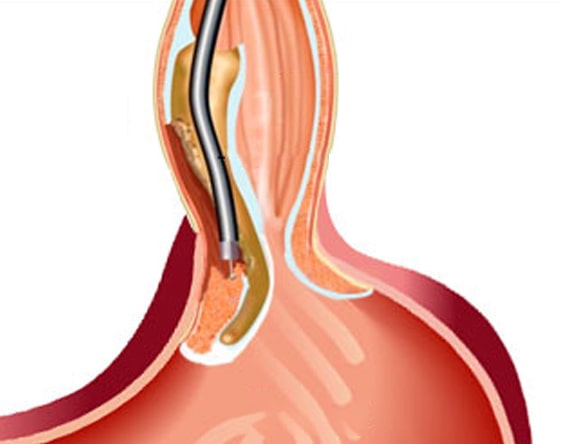
POEM
Per Oral Endoscopic Myotomy. It is an in-patient endoscopic procedure to treat swallowing disorders such as Achalasia Cardia which is caused by esophagus muscles and the lower esophagus sphincter muscles not able to relax. This makes swallowing difficult and hard for the food to pass into the stomach. The minimally invasive surgical procedures such as POEM enables the permanently relax tight esophageal muscles and subsequently open the narrowed areas of the esophagus. Thus, the procedures enable us to restore the ability to eat and drink in a comfortable manner.
Read MoreCholangioscopy
Diagnostic and therapeutic intervention of the bile ducts. It is one of the noninvasive endoscopic methods utilized for the visual diagnostic evaluation of the bile ducts and is primarily preferred by the doctors when procedures such as ERCP are insufficient to provide adequate diagnosis of the problem. The single operator cholangioscopy will enable the gastroenterologists to properly observe and examine certain parts such as biliary, hepatic (liver), and the pancreatic ducts.
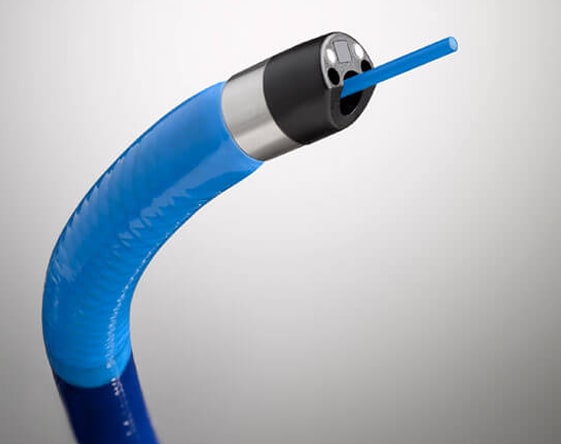
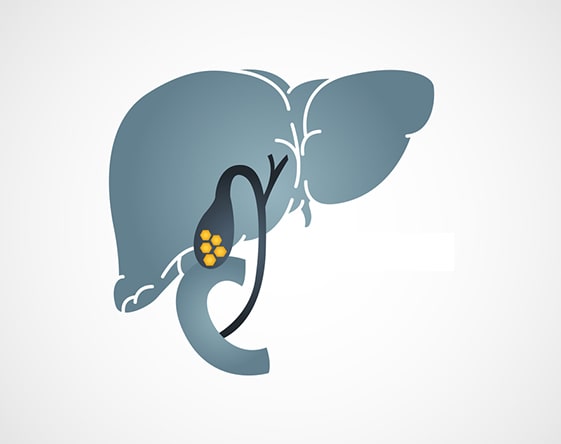
Laser Lithotripsy
Laser aided stone removal for complicated gallstone disease. When complicated, large, or impacted multiple gallstones are present in the Biliary tract Laser Lithotripsy is used for Biliary clearance. This procedure is available only at select super-specialty GI centers across the country. Saving a major abdominal surgery, better patient comfort, shorter hospital stay, and good prognosis are some of its benefits.
ESD
Endoscopic Submucosal Dissection. It is a minimally invasive outpatient procedure that assists in removing cancer from the patient’s gastrointestinal tract without removing the organ involved. Deep tumours that are present in the GI tract can be removed with the help of tube-like imaging tools called endoscopes. The procedure is effective in identifying early-stage cancerous tumors and colon polyps along with tumours that are present in the esophagus, colon, and stomach. Moreover, the determination of the cancer stage helps in developing the required treatment plan.
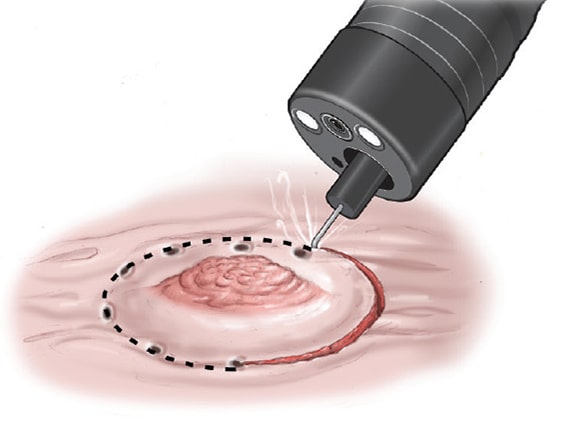
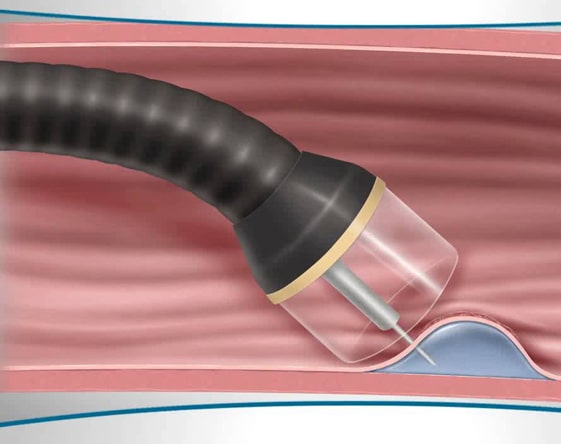
EMR
Endoscopic Mucosal Resection. This is an outpatient procedure for removing early-stage cancer and the precancerous growth that occurs in the lining of the digestive tract. The tumours that are present just beneath the gastrointestinal (GI) wall can be treated without surgery with the help of this procedure. Being less invasive, the EMR is highly effective in removing abnormal tissues that form in the lining of the digestive tract.
ESG
Endoscopic Sleeve Gastrectomy for weight loss. One of the weight loss procedures and an effective treatment approach to overcome problems such as obesity. The procedure utilizes an endoscopic suturing device that helps in decreasing the size of the patient’s stomach. The procedures are suggested to those patients whose BMI is more than 30 and diet and exercise are not showing the required improvements. As the procedure is minimally invasive, there is a relatively lower risk of complication.
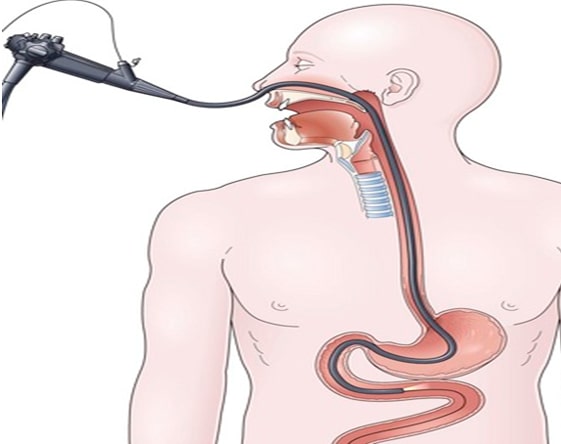
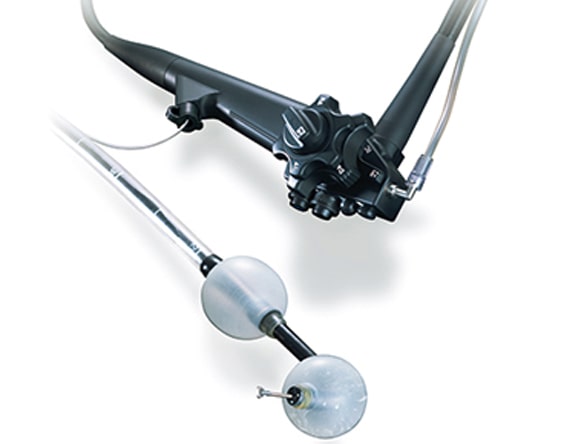
Balloon Enteroscopy
Endoscopy of the small bowel. The balloon-assisted enteroscopy is an incision-less procedure that assists in treating less accessible areas of bleeding in the gastrointestinal tract. The procedure is effective in evaluating the conditions that affect both the upper and the lower GI tract. Thus, gastroenterologists have better access to the small intestines which is not possible through other procedures as the small bowel is very long. It can be performed as an inpatient or outpatient procedure and an endoscope equipped with balloons inflate and deflate the walls of the GI tract providing clear visibility of less accessible areas.
Colon Transit Study
Diagnosis of Constipation. A kind of diagnostic test that evaluates the function of the colon or large intestine along with its movement. The study helps in analyzing whether the movement of the stool (faeces) through the colon is normal or slow. Such examination enables the doctors to decide the appropriate kind of treatment to overcome problems like constipation. The study reveals any significant blockage in the large intestine and the major cause for constipation.
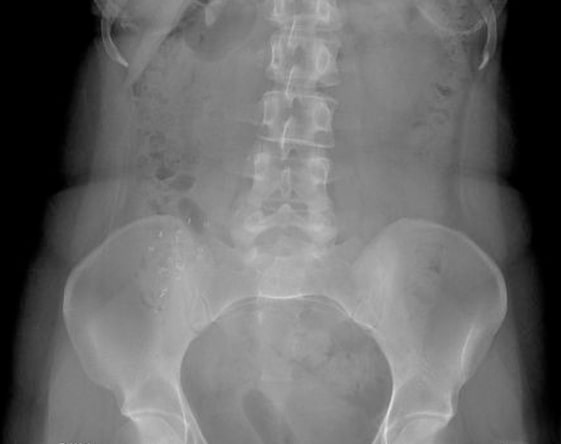
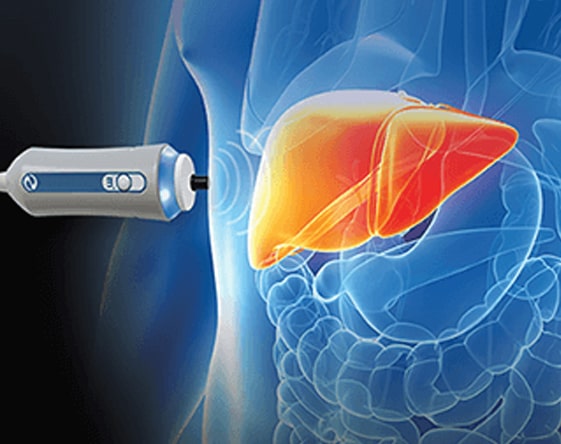
Liver Elastography
Diagnosis & assessment of chronic liver disease. It is a non-invasive medical imaging technique that assists in the determination of stiffness of organs such as the liver and various other structures in the body. The procedure involves directing painless low-frequency vibrations that are directed into the liver and using MRI and ultrasound techniques, the movement of these vibrations is measured through the organ. Stiffness of liver tissue may lead to the building of scar tissues which can result in diseases like liver cirrhosis.
ERCP
Endoscopic Retrograde Cholangio-Pancreatography for Biliary & Pancreatic diseases. It is a procedure to effectively diagnose the diseases associated with gallbladder, liver, pancreas, and biliary system. In this procedure, a flexible lighted tube called an endoscope is used that goes through the mouth into the stomach and thereafter reaches ‘duodenum’. Some dye is injected through the plastic tubes that are put in with the help of an endoscope. The dye showcases a specific area that is affected by the disease.

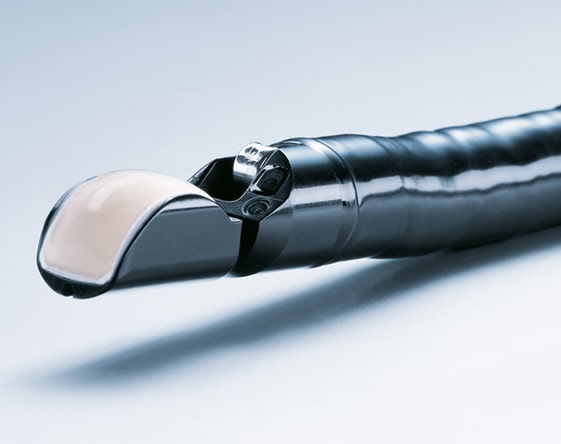
EUS
Endoscopic Ultrasound. It is a minimally invasive procedure for assessing the diseases related to the gastrointestinal tract, the surrounding organs, and tissue including the lungs. The ultrasound waves help in obtaining accurate images of the internal organs. The procedure assists in the evaluation of specific conditions such as Lymphoma, Neuroendocrine tumors, bile duct stones, Sarcoidosis including cancer of the digestive tract including cancer of colon, pancreas, esophagus, rectal cancers, stomach, lung, etc.
Capsule Endoscopy
Video endoscopy of the bowel. This is a minimally invasive diagnostic procedure that utilizes a small capsule which is the size of a large vitamin pill. The capsule contains a tiny wireless camera that helps in the visual examination of the middle part of the GI tract and also includes certain portions of the small intestine. The images received through the camera are sent to a recording device that is worn on a belt around the patient’s waist.
